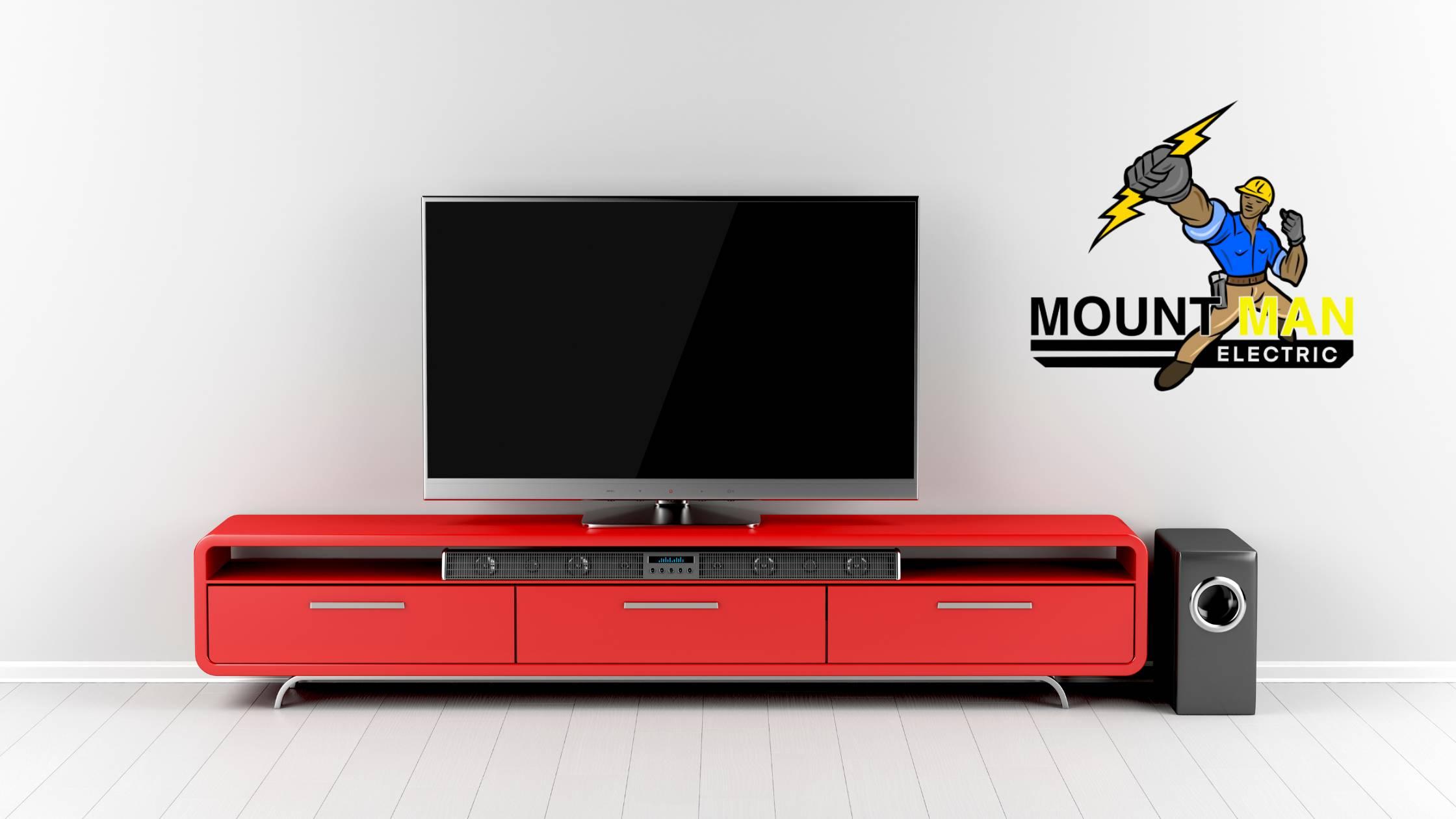If you’re trying to decide if it’s worth it to install a surround sound system, then the answer is yes. The best part about installing your own system is that you can choose how much or how little you want to get into it. Although there are many types of surround sound systems on the market today, they all have one thing in common: they require professional installation before they will work properly in your home. So if you want all that immersive audio goodness without paying someone else to do the work for you, read on!
Measure the room first
You should always measure the room and its furniture. Make sure that you have enough space for all of your equipment, including amplifiers, receivers and speaker stands. Check that there is access to a power socket; this is where you will plug in your receiver/amplifier. Finally, make sure there is enough space for the speakers to be placed in the right position (for example: if they are too close together or too far apart).
Choose the right location
When choosing a location for your surround sound system, the first thing to consider is where you would like it to be in relation to the rest of the room. It should be central so that all seats can enjoy an equal balance of sound, and ideally away from other electronics such as TVs or computers. If you’re building a custom enclosure for your speakers (we’ll talk about enclosures later), make sure you leave adequate space for airflow behind them so they don’t overheat or become damaged by heat stress.
Some people prefer placing their surround sound systems on top of cabinets or shelves high above eye level; this allows them to enjoy better acoustics without having to worry about wires getting tangled up underneath furniture (which can cause interference). However, depending on how tall these cabinets are relative to how close they sit against walls may mean there won’t be enough room between them and nearby walls—that might mean drilling new holes through concrete walls just so they can reach wiring outlets below ground level!
Separate the wires
Once you’ve cut the wires, separate them by color. You’ll want to keep the wires from each speaker separate and organized so that you can run them to their appropriate locations once they’re ready for installation. There are a few ways to do this:
- Use zip ties or wire clips to keep the wires bundled together
- Put the electrical tape around each bundle of wires that leads to a single speaker (this will help you identify which wire goes where)
Consider the TV’s size and the soundbar’s mounting kit
The first thing to consider before installing a surround sound system is the size of your TV and the soundbar’s mounting kit. If you have a larger TV, it will be harder to mount a soundbar on top of it, so you may need to look into wall-mounting brackets or stands. For example, if you have an 80” TV, then mounting your soundbar on top could get difficult because there isn’t much space between the TV and the wall behind it. In this case, mounting a wall mount would be ideal since they’re easier to attach than other types of brackets.
To make sure that your setup will work properly and doesn’t cause any damage to either device (or worse!), make sure that both devices are compatible with each other before purchasing them together as well as checking their weight limits during the installation process itself by using measuring tapes available in hardware stores nearby.”
It will be easy to install your sound system if you take a few steps in preparation.
The first step to installing a surround sound system is measuring the room and choosing the right location. This will determine how many speakers you need, where to place them and what size wires are needed. Here are some tips:
- Measure the room first. Consider which areas of your home need better sound quality, as well as where people spend most of their time (like in front of the TV). Then measure the distance between each area so that you can get an idea of how many speakers you’ll need.
- Choose a good spot for your subwoofer speaker(s). Try not to locate it right against any walls or furniture if possible since this can dampen its sound quality by making it harder for bass waves to bounce around. In addition, keep in mind that there needs to be space for cables when mounting multiple satellite speakers together on one wall so that they don’t get tangled up!
- Separate wires using wire bending or loom tubing. These products help prevent interference from other electrical devices nearby while also being aesthetically pleasing!
Now that you know how to install a surround sound system, it’s time to get started! If you have any questions about this process or would like assistance in making sure your home theatre setup is up and running smoothly, please contact us today. We are available 24/7! Visit www.mountmanelectric.com to learn more.

